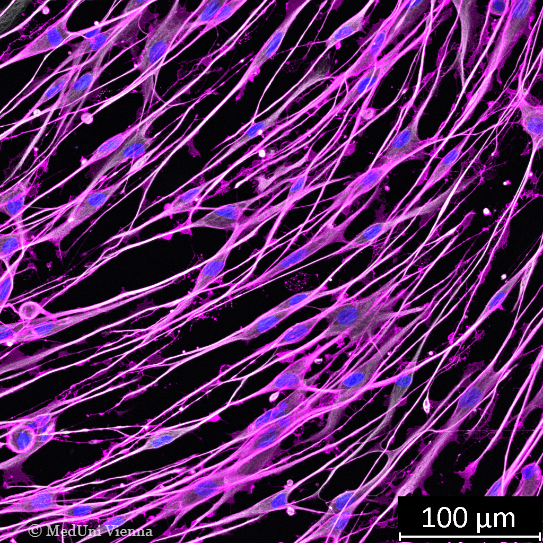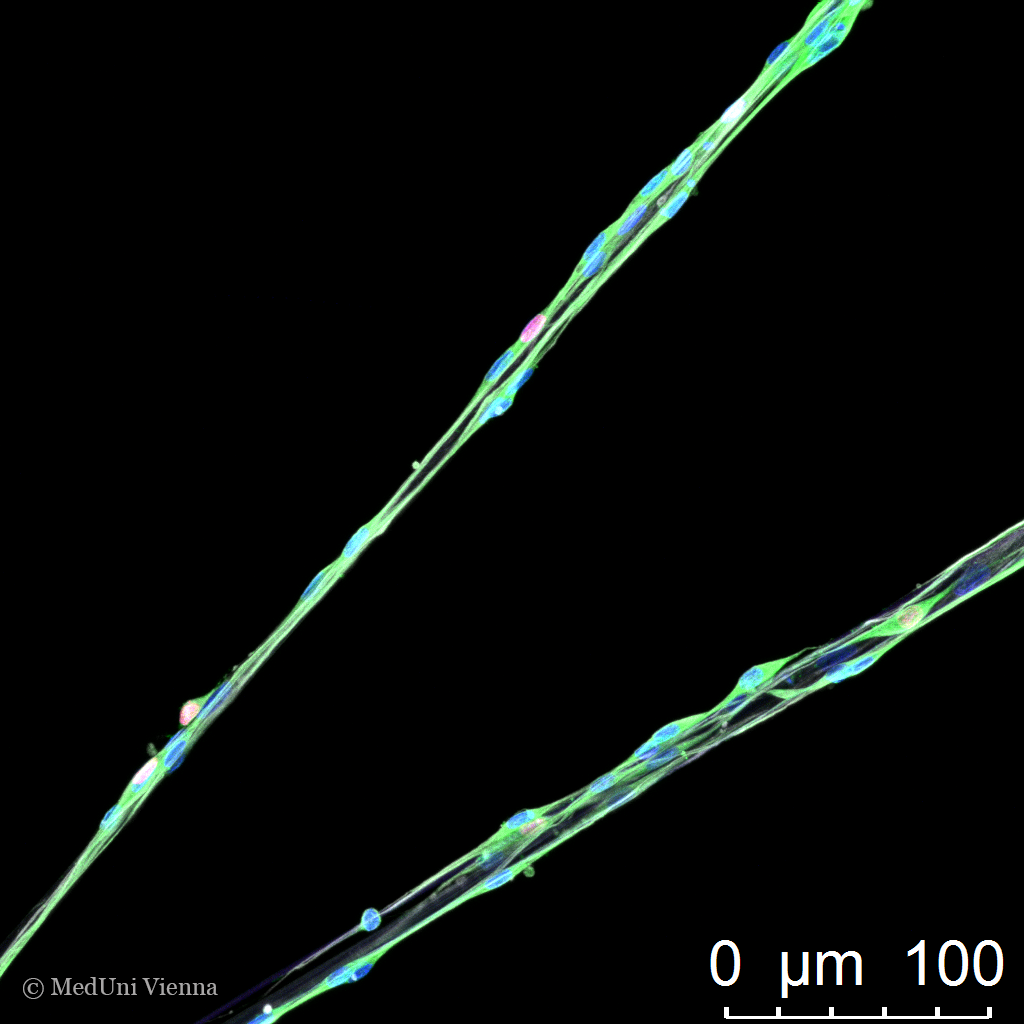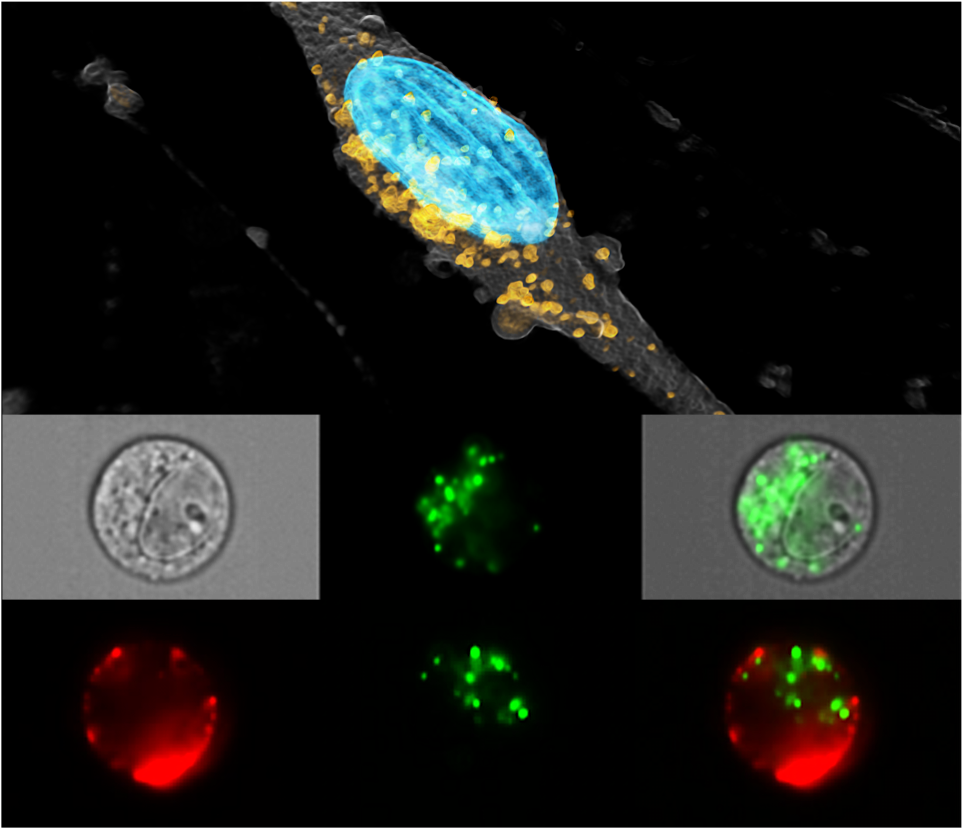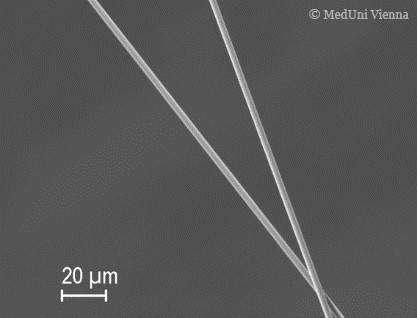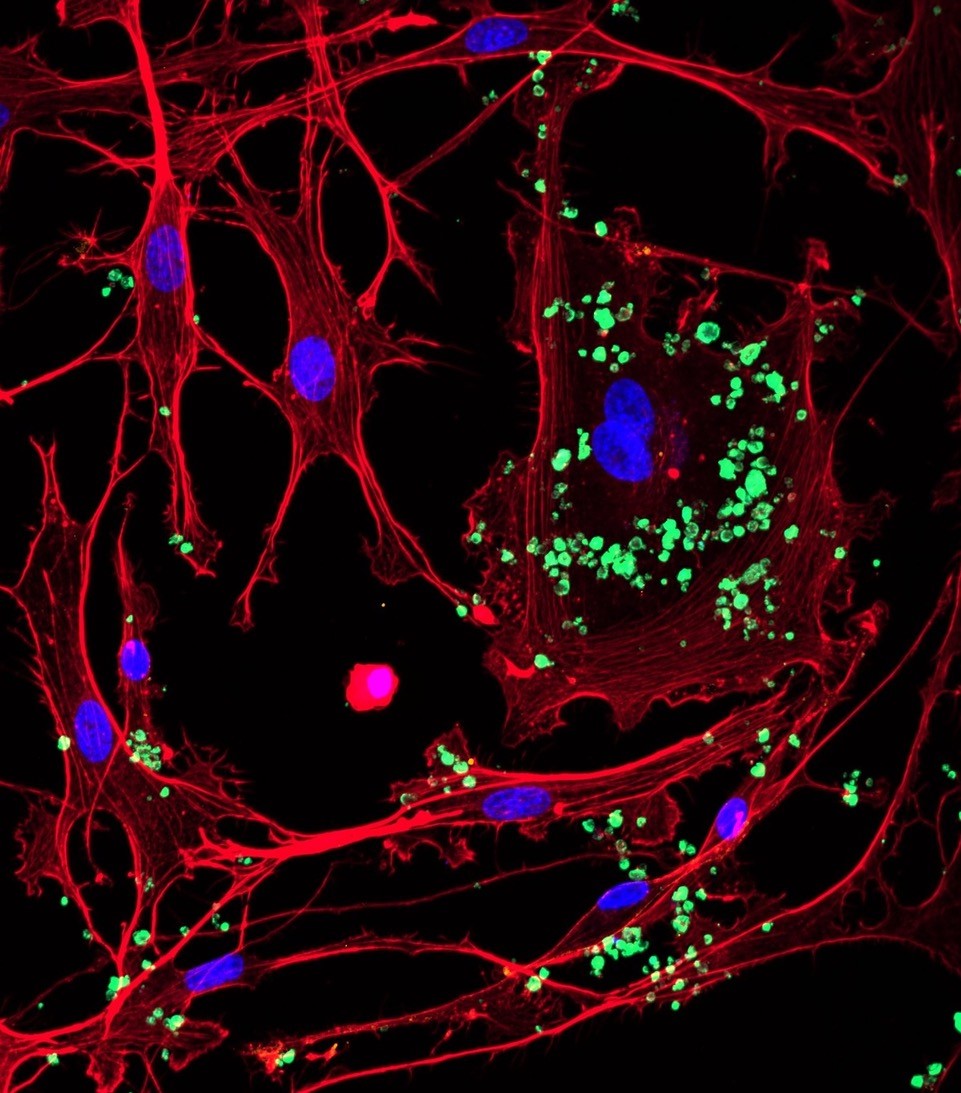Research Interests
Understanding the functions and differences between rodent and human repair Schwann cells.
Peripheral nerve injury induces the reprogramming of Schwann cells into a powerful repair state with specialized functions to support the needs of damaged nerves. Thus, successful nerve regeneration is inevitable dependent on Schwann cells and we investigate their functional spectrum using basic research, omic profiling, and functional assays.
Revealing the ideal composition of artificial nerve conduits that support a beneficial environment for nerve regeneration.
The nervous architecture usually provides optimal conditions for recovery in form of cells and the extracellular matrix. As this informative and structural support is lost after severe injury, we investigate silk-based conduits, spider silk fibers, and hydrogels to reestablish orientation and guidance for the re‐growing nerve.
Exploring the role of extracellular vesicle signaling in the peripheral nervous system
Extracellular vesicles (EVs) are nanosized key players in intercellular communication involved in a plethora of physiological and pathophysiological processes, including signaling between cells of the peripheral nervous system. We therefore investigate the role of these messengers in mediating the repair process following injury and develop potential therapeutic strategies on this basis.
Elucidating the interplay between the properties of biomaterials and their effect on cells.
Using fundamental material research together with in vitro experiments, we work towards understanding how various physiochemical properties of biomaterials such as protein structures, morphology and crystallinity promote different cellular behavior.
Exploring the distinct roles of glial cells in spinal cord injury repair.
Understanding the differences between peripheral and central nervous system glia is crucial for their effective use in cell transplantation therapies following spinal cord injury. Our research investigates the migration, immune response, and phagocytosis capacities of primary human and rodent olfactory ensheathing cells, astrocytes, microglia, and Schwann cells. Notably, olfactory ensheathing cells are of particular interest due to their unique position at the interface of the CNS and PNS. Additionally, we explore the compositional differences in CNS and PNS myelin, potentially explaining variations in phagocytosis efficiency. To further our understanding of post-injury processes, we employ ex vivo spinal cord models to study cellular interactions and responses following spinal cord trauma.
Investigating different ways to modulate Schwann cell functions and axon regrowth for targeted therapies.
In addition to the structural support, cells are dependent on signaling molecules, cell contact, or other stimuli to conduct their designated function. To support the reparative phenotype of Schwann cells, we test cell-based and cell-free strategies involving adipose tissue-derived mesenchymal stromal cells, extracellular vesicles, and nuclear magnetic resonance therapy.

